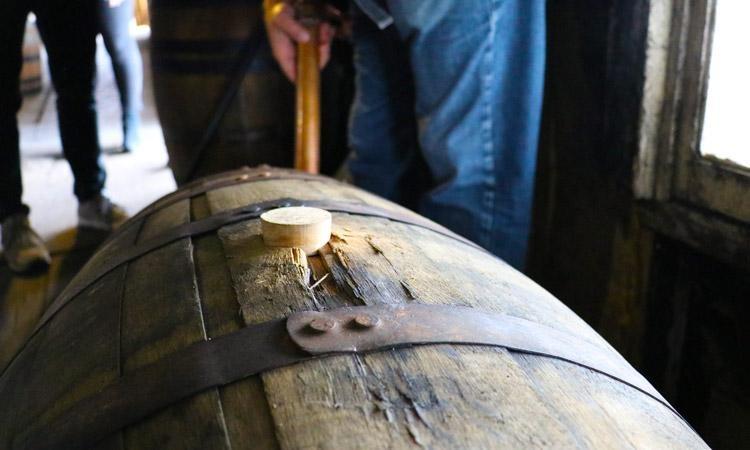Last week I had the privilege of joining Wild Turkey for a "Behind the Barrel" experience touring not just their distillery, but some of their partners including Vendome Copper & Brass Works and Independent Stave Company. During this tour, my eyes were opened wide to how complex the science and art of making great whiskey can be. While I knew that the mash bill and number of years aging in the barrel had a big say in how whiskey tastes, there's a whole lot more than that!
Touring distilleries in Kentucky is one of my favorite things to do in the state. Like distilleries and breweries around the country, most of these companies welcome visitors and look forward to sharing their passion with them. Over the past few years as bourbon has exploded in popularity, several distilleries have added significant tourism friendly enhancements to their tour so you can experience what makes Kentucky Bourbon special. This is true for Wild Turkey as well where you can explore, learn, and taste bourbon whiskey in ways similar to what I just experienced on one of their daily distillery tours.
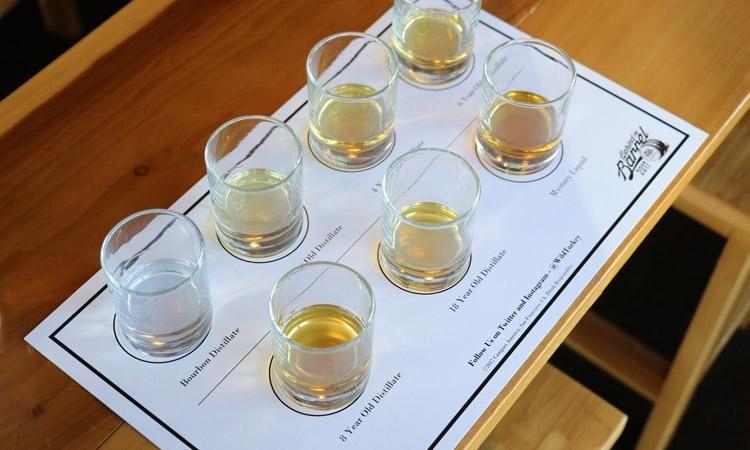
At it's most basic definition, for a whiskey to be called a bourbon it must have:
- A mash bill that is at least 51% corn
- Aged in a new, charred oak barrel
- Distilled at 160 proof or less and put into the barrel at 125 proof or less
- Must not have any additives (color, flavor, scents etc.)
Unlike many believe, bourbon can be made in any state (and lucky for bourbon fans, distilleries are popping up all over!). However, for it to be called a "Kentucky Straight Bourbon" it must be a straight bourbon that is produced in Kentucky. That means that it must have spent at least two years aged in those charred new oak barrels. If it is aged less than four years, it must also be labeled with an age statement detailing the exact age.
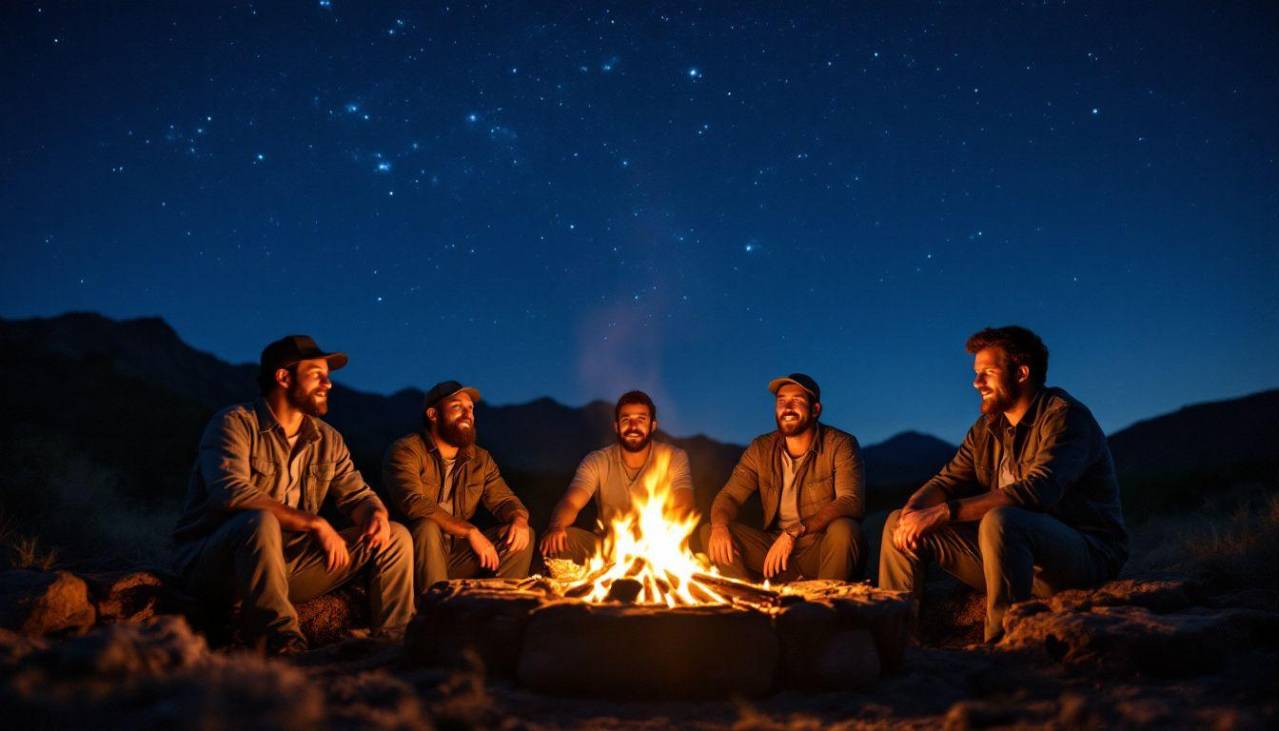
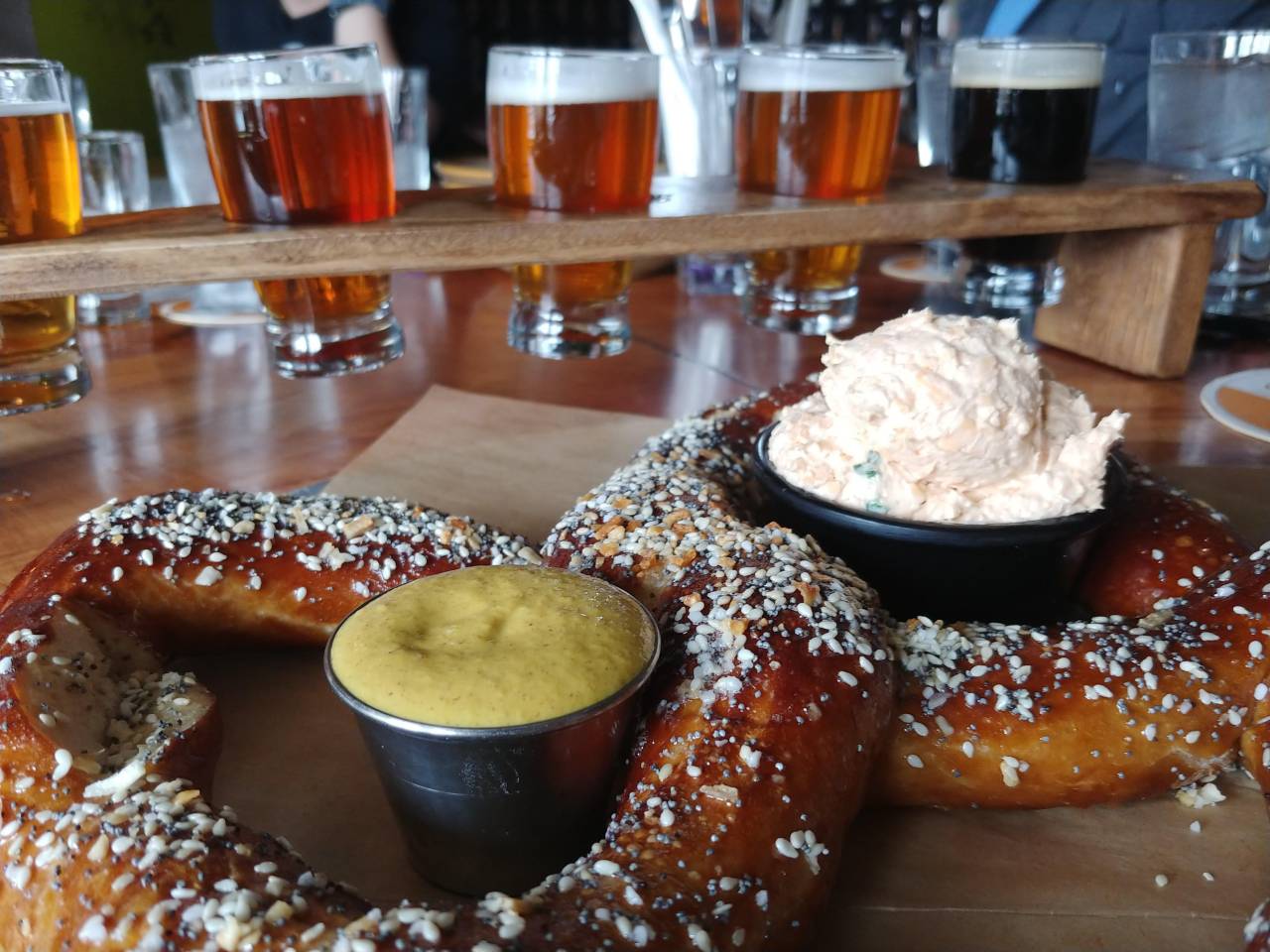
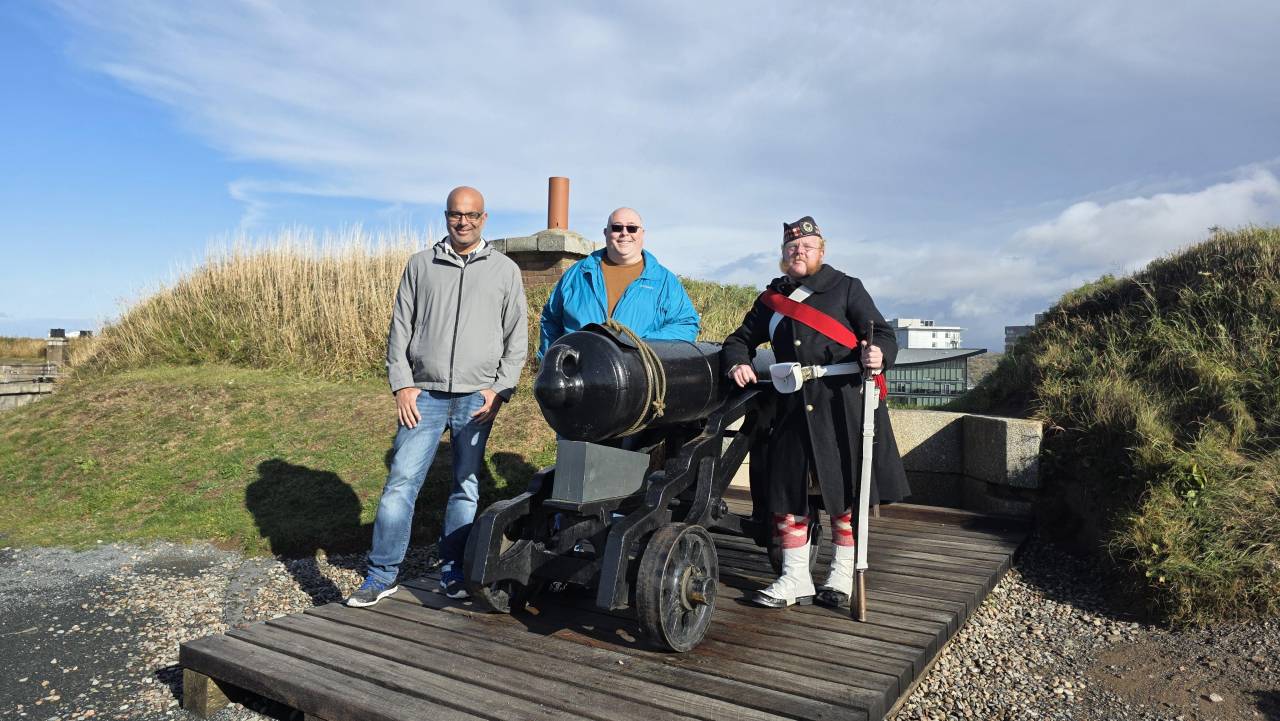
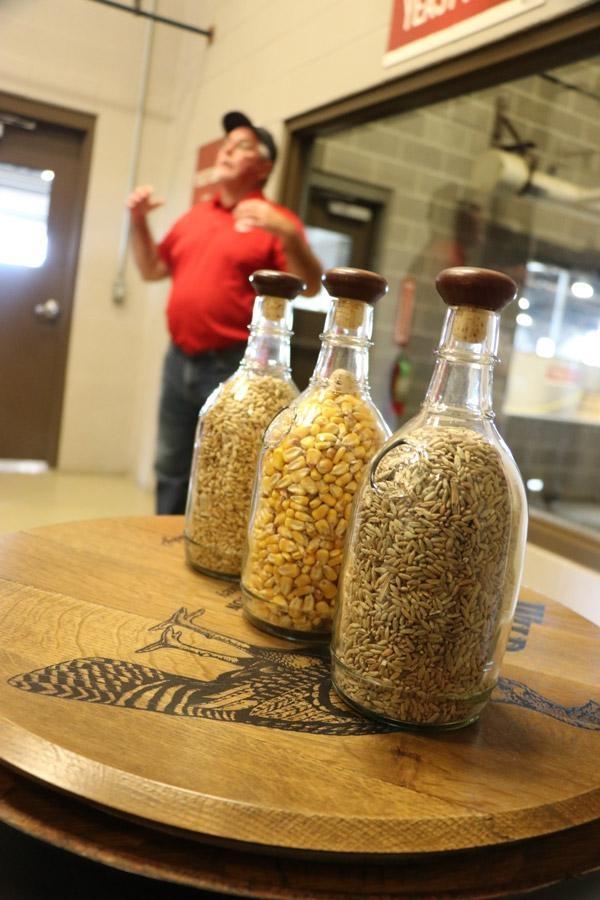
Percentage of Corn and Grains in the Mash Bill
Along with water and yeast, the mash is the basic building blocks of flavor. All bourbon must contain at least 51% corn. Beyond that though, distillers are free to experiment with different flavor profiles. While corn adds sweetness, rye adds spice and "hotness".
Yeast Makes Alcohol
Yeast is added during the fermentation process and turns sugar into alcohol. Different yeasts will result in different flavors, but this is an area that is a highly guarded secret and yeast strains are among the most confidential aspects of a distillery operations. Some distilleries use multiple strains, while others such as Wild Turkey focus on one that they have maintained for decades.
Water Is Very Important
Water is very important to the flavor of bourbon and that's why Kentucky makes such a great place to have distilleries since water is naturally limestone filtered. Wild Turkey though uses water from the Kentucky river that is sourced though their municipal water operation before being processed again on-premises. One thing that I found interesting about Wild Turkey is that they consume so much water that they actually have their own water tower to to support operations 24 hours a day - even when there's no staff at the municipal plant.
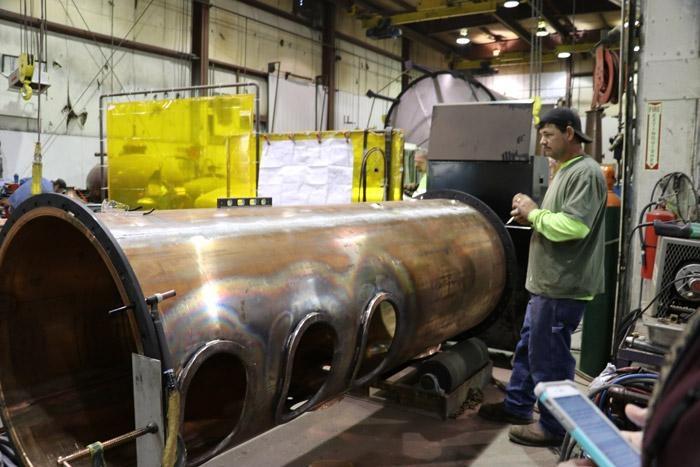
Distillation Process and Equipment
Shape and age of the still are very important but what you might not realize is that copper itself is essential too. Copper is very expensive, so why use it instead of the much cheaper stainless steel or alumninum? There are many advantages to using copper at different points in the distillation process, including it's ability to efficiently conduct heat and the ease of being shaped into whatever form is needed from piping to the distilation collumn. Stainless steel and alumninum have similar qualities too though. The true answer is that copper reacts with sulfur in the distillate and helps remove some impurities. Sulfur is a natural byproduct of the fermentation process, but has a foul taste and smell. When the sufur containing distilate runs through a copper still, it reacts witht he metal and forms copper sulfate as comes out of the spirit and bonds with the still. That leads to a much better tasting and higher quality spirit.
Even the still shape itself makes a big difference - though more so for the type of production being done here. Many smaller distilleries use a "pot still" where production is done in batches. However, larger operations like what we saw at Wild Turkey use a column still so that they can maintain constant production. In a column still, the vapors rise through a series of plates and various impurities are left behind as it rises to the top. This also makes it easier for distillers to remove the spirit and condense it at just the right point. For distillerrs looking to produce neutral spirits, a column still is required since it can produce a much higher proof than most pot stills but that's for a different article.
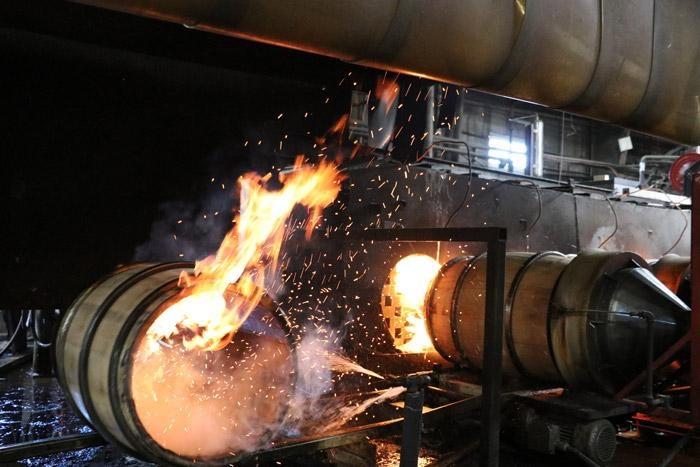
Seasoning, Char and Type of Wood
While all bourbons need to be aged in a charred new barrel, beyond that there are many many options. For instance, you can have a light char or a heavy char - this will give the spirit more wood flavors that you know and love. You can also age the wood itself for a longer or shorter time and that in itself changes the flavor as well. Finally, most bourbon's use American oak, but other whiskeys sometimes use other flavors. For instance, one of the things I love about Japanese whiskey is the particularly exotic nose from it's use of Japanese Oak in a process that is otherwise generally comparable to Scotch whisky production.
There are four important compounds in wood that lead to the unique flavor, as well as cellulose which doesn't really react with the spirit. hemicellulose, lignin, tannins, and oak lactones. The amount that you char the barrel will result in how much of these are exposed to the spirit as it ages.
- Hemicellulose - provides notes of brown sugar, caramel, and toffee. At high temperatures, this will carmelize into wood sugars and be left on the barrel after charring.
- Lignin - provides vanilla flavors and some spiciness.
- Tannins - the act of seasoning the wood by letting it age before it is assembled into a barrel removes some of the harsher tanins, but charring allows those that remain to interact with the spirit as it ages and create that familiar bourbon flavor.
- Oak lactones - these lactones are found in most types of oak but are more pronounced in American oack and provide the distinct "wood" or "coconut" flavors. However, the higher level of char will reduce the impact of oak lactones.
Char levels for most production bourbon is between 1 and 4, with a 1 being 15 seconds of charring under natural gas fire and a 4 "alligator char" being 55 seconds. This alligator char leaves a shiny texture on the inside of the barrel that looks similar to alligator hide and is what Wild Turkey uses to get their signature robust flavor. However, there is really no upper limit to the char (except if you completely consume the wood in the process). In fact, some distilleries have even produced bourbons aged in a #7 char - 210 seconds of direct flame!
Charring also opens up the wood, allowing the spirit to get deeper into it as it breathes. This breathing process allows wood flavors to mix with the whiskey but the charcoal also helps filter the spirit as it ages.
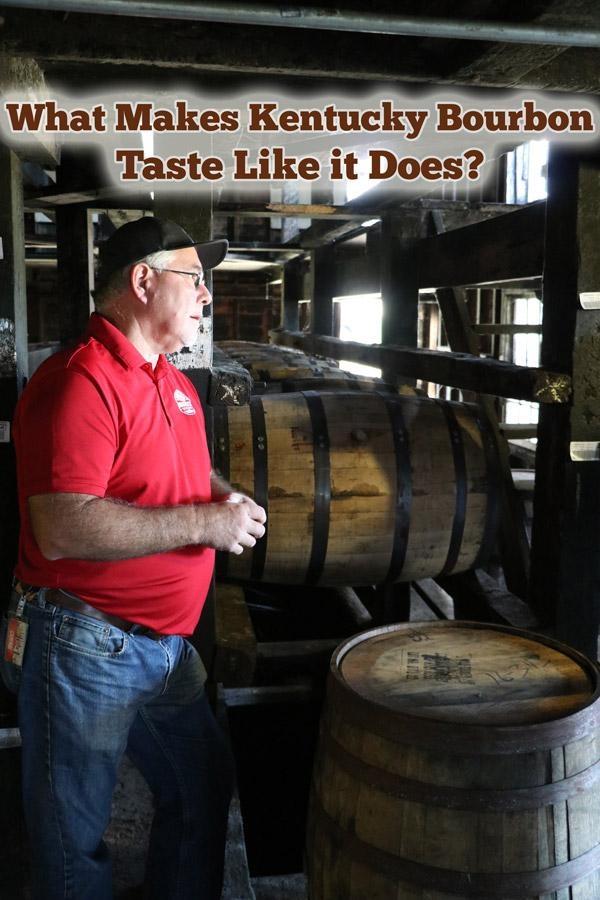
Length of Time In The Barrel and Position of the Barrel in the Rick House
The length of time in a barrel is a bit of a imprecise indicator of flavor since bourbon will age differently depending on where it is located within the rick house (the aging warehouse). Things such as temperature extremes control the flow of whiskey in and out of the wood and a hotter barrel will generally age faster than a cooler barrel. As a result, two different "10 Year" bourbons might taste dramatically different based on where they are located.
While some distilleries combat this by rotating barrels to allow for a consistent flavor across all of the product, most do not. This means that some barrels will end up being bottled "when they are ready" at different ages. However, that also provides the opportunity for distillers to produce "single barrel" products from a particularly good position in the rick house. It also allows them to blend - or "mingle" different barrels together to create products like Wild Turkey's "Decades" that has a mingling of different barrels with ages ranging from 10 to 20 years.
